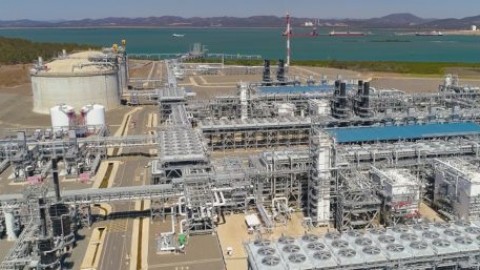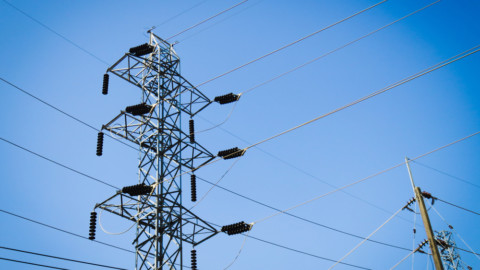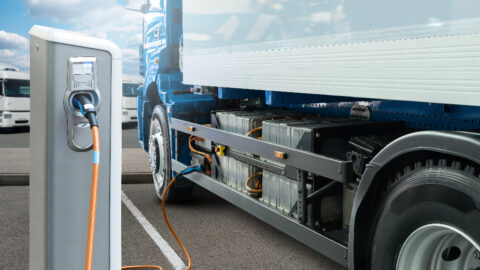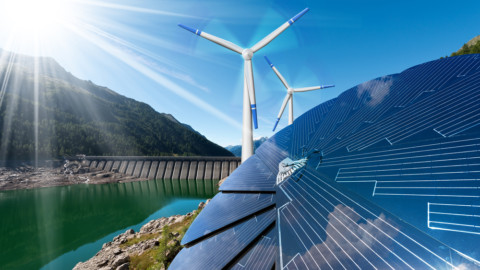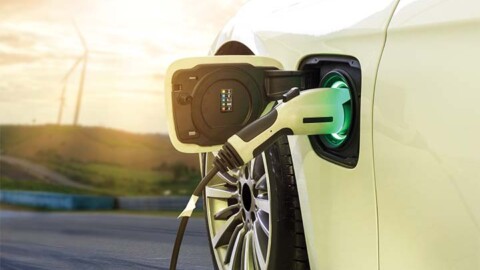How do you decarbonise hard-to-abate sectors and ensure the solution is affordable and practical in both the short and long term? One solution to this question has been posed by Bioenergy Australia, a leading organisation advocating to integrate liquid bio and future fuels into Australia’s energy mix as the national net zero targets loom closer. Its 2023 report, Transitioning Australia’s liquid fuel sector: the role of renewable fuels, provides pivotal insight into the incredible economic and environmental opportunity renewable fuels present for Australia and how they can play a key role to decarbonise the transport sector.
Building on the 2020 Australian Renewable Energy Agency (ARENA) report, Australia’s Bioenergy Roadmap, the new release by Bioenergy Australia furthers the research and offers recommendations for government actions to grow the production and utilisation of renewable fuels to support, not only net zero, but the potential for a booming biofuels industry.
Bioenergy Australia CEO, Shahana McKenzie, said electrification can only be part of the answer to reducing emissions. “Australia’s economy is reliant on liquid fuels. Our heavy industries, aviation, marine, agriculture, and mining need affordable and immediate decarbonisation options,” Ms McKenzie said. “Touting electrification as the only solution is naïve and delays a robust discussion about how we achieve decarbonisation of these hard-to abate sectors.”
What are the opportunities ahead?
With liquid renewable fuels seeing global investment more than double in 2021, reaching approximately $10.5 billion, there are significant opportunities for Australia including replacing and decarbonising key transport and industrial sub-sectors while supporting regional development, improved waste management, export growth and the promotion of domestic fuel security.
In 2022, transport averaged around 19 per cent of Australia’s total emissions. However, the Department of Climate Change, Energy, the Environment and Water (DCCEEW) have estimated this is likely to increase and “without intervention, the transport sector is projected to be Australia’s largest source of emissions by 2030”.
Part of the transport solution is electric vehicles, but biofuels can present both short and long-term solutions for decarbonising the sector. Biofuel, in its current production and with current infrastructure, cannot be so easily adapted. It is generally only used as in petrol at a mix of around five per cent. Higher mixes of biofuel are not compatible with current infrastructure. Advanced or renewable diesel is synthetically refined, and thus able to be a direct replacement.
Bioenergy Australia reported that replacing a mere six per cent of petrol with bioethanol would be the equivalent of taking 730,000 vehicles off the road. Sustainable aviation fuel (SAF) has a huge potential to reduce airport transport emissions. Based on Qantas’ target to replace ten per cent of jet fuel with SAF, it would be the equivalent of around 220 million less kilometres flown annually by a Boeing 747.
What’s inhibiting domestic production?
There remain several challenges to the uptake of renewable fuels but Bioenergy Australia is confident these can be overcome with a coordinated approach to industry development. Generally speaking, Australia doesn’t have encouraging incentives in place to support a domestic biofuels production boom. There are several key pieces of government support that can help generate a biofuels industry in Australia regarding tax credit policies and emission levers.
Fuel Carbon Intensity Standards
An integrated policy lever regarding carbon or greenhouse gas (GHG) emissions would support decarbonising the transport fuels sector, without enforcing a cap on emissions themselves. Instead, these standards set targets in relation to the gram of carbon dioxide per megajoule of energy supplied over a baseline year.
Standards such as these, already in effect in the US as early as 2007, also allow differing emission intensity values from different production pathways to vary, allowing for greater accuracy. Standards in Australia will help legislate greater emission reductions and encourage a move to renewable fuels in the transport sector.
Tax treatment and capital incentives
To help grow the infrastructure to meet booming demand and potential, greater capital grant funding sources, or subsidies for biofuels would encourage new projects and developments.
Bioenergy Australia suggests that tax credits could be on a per litre basis for both the production of renewable fuels and for the blending of them. A defined range could offer variability for the level of emission intensity depending on the fuel type, providing greater and specific incentives.
Due to its current commercial limitations, the cost of producing renewable fuels is a large barrier for its integration into Australia’s fuel economy. The cost is currently more than traditional fossil fuels, and producing it means higher costs for its users.
Bioenergy Australia also said the current subsidies available for conventional fossil fuels distort the market competition, suggesting it’s also likely to be impacting the willingness of consumers to sign on to utilise biofuels. Creating availability and access to feedstock would also support higher utilisation of the resource to high value users, and more affordable access will help reduce the cost of renewable fuels.
International fueling
There are a number of countries committing to renewable fuels with new policies, significant investments and increased incentives to help propel their domestic biofuel industries.
The US Inflation Reduction Act has allocated USD$500 million for grants, covering up to 75 per cent of biofuels infrastructure projects and includes an increase of credits available to biofuel, biodiesel and even SAF. SAF does have greater limitations compared to the available biodiesel credits, such as SAF produced by non-biomass methods being excluded from credit opportunities.
To the north of the US, Canada’s Clean Fuels Fund is a CAD$1.5 billion government initiative to support domestic low-carbon fuel production. It has further support for biofuel feedstock providers, creating major opportunities for domestic growth and their export capabilities. The Canadian fund is also backed by a matching legislation, the Clean Fuel Regulations, which limits emissions by oil and gas.
Brazil’s Renovabio program is a specialised R$1 billion loan program for carbon reduction projects under the National Biofuels Policy (RenovaBio). In effect from December 2019, it provides Brazil an important pathway to reduce GHG emissions and reach the Paris Climate Agreement.
RenovaBio provides Environmental, Social and Governance (ESG) credits for the biofuels industry, including providing companies who reach their CO2 emission reduction targets lower interest rates. The program is estimated to reduce the release of 600 million tonnes of carbon dioxide across ten years, while supporting renewable fuels in the nation’s transport sectors.
International strategies should be utilised as inspirations and showcase how ignoring the potential of biofuels would have dramatic impacts on Australia’s place in the energy sector.
Bio on trial
Queensland has been home to a biorefinery pilot plant since 2018. The Mercurius Australia plant is based at the Queensland University of Technology’s Renewable Biocommodities Pilot Plant and turns sugar cane into liquid biofuels. The plant has been helping the university pioneer research and new biofuel developments.
Another major project under proposal is the Queensland Gladstone biorefinery project by Oceania Biofuels, a $500 million project set to produce biofuels from feedstock. The project development is underway, with construction having commenced in January 2023. Oceania Biofuels CEO, Mike Everton, said by 2025, the plant should be able to produce more than 350 million litres of renewable biofuels per year.
Across the country, bp has also been undergoing major transitions to biofuels thanks to its new biorefinery and energy hub. Located in Western Australia, the Kwinana Energy Hub is one of five global bp biofuel projects. The five projects combined are forecasted to produce 50 thousand barrels of SAF and renewable diesel per day by 2030. The Australian hub, a first of its kind for the company globally, is planning to produce SAF and biodiesel from biofeedstock by 2026.
Bp said the hub is also assessing the feasibility of integrating green hydrogen production operations as engineering plans are progressing at the site. Frédéric Baudry, bp President Australia and SVP fuels and low carbon solutions Asia Pacific said, “Kwinana illustrates the power of the Australian economy and its ability to reinvent itself for the energy transition.”
The energy sector is undergoing rapid change, but supporting a biofuels industry could provide a major economy boost and help decarbonise hard-to-abate sectors at the same time. “The market is looking for a strong regulatory signal from Australian governments; the necessary green light for investors, producers and refiners,” Ms McKenzie said.
“Without a domestic renewable fuels sector, Australia is exposing itself to the world’s next energy supply shock and the higher prices that would accompany such a crisis.



